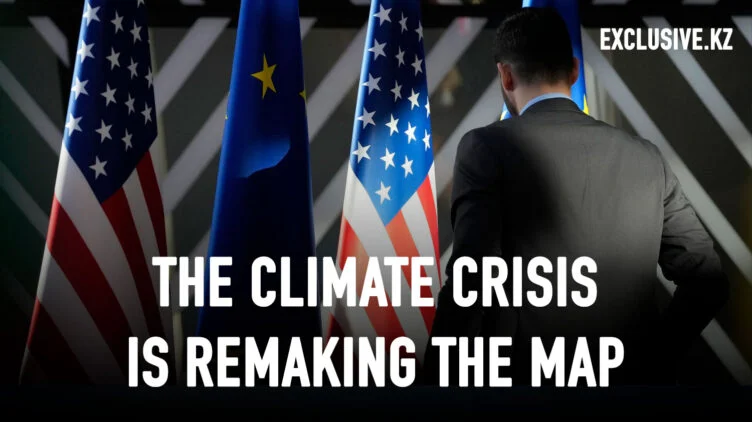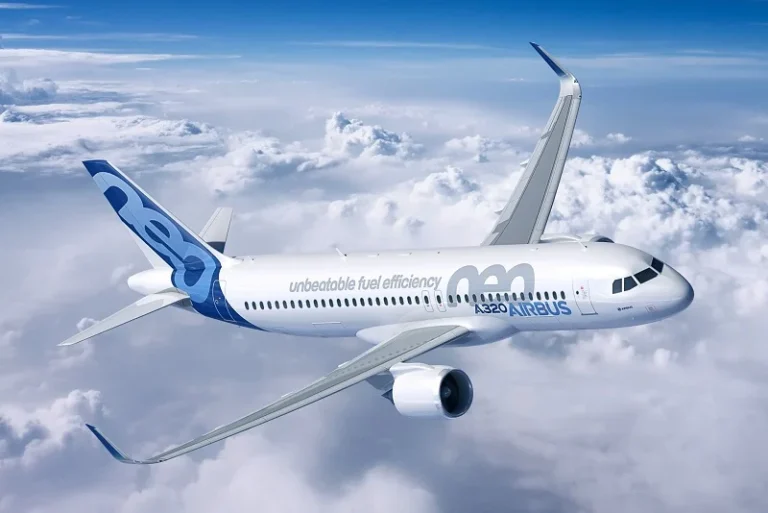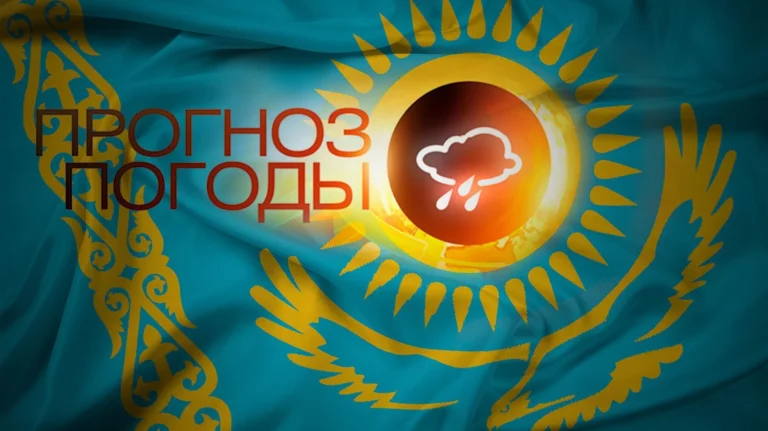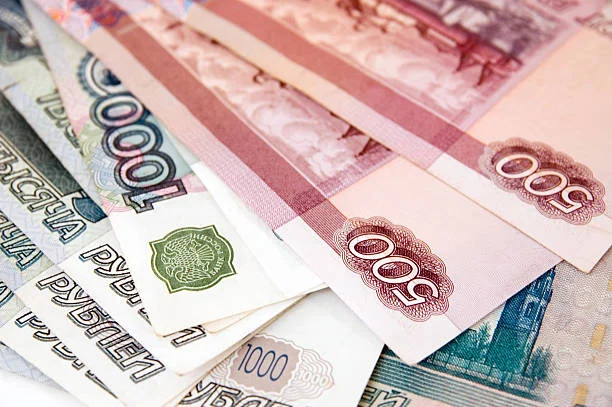Europe Needs a Green Foreign Policy

Europe needs new friends. The last six months have removed any doubt that the United States can no longer be counted on as a reliable partner. China is asserting its economic and technological power across multiple domains. Middle powers are pursuing more flexible, non-aligned diplomacy. The global center of gravity is shifting – from West to East, from North to South. In this new order, Europe’s influence will depend on its ability to build and sustain partnerships that serve its long-term interests.
In this context, climate change must be recognized as a defining geopolitical force, and as a direct threat to European interests. Rising temperatures and extreme weather events are already causing food insecurity, disrupting supply chains, displacing communities, and fueling political instability around the world and within Europe’s own borders. Insurers, among others, are increasingly sounding the alarm about escalating economic costs and “entire regions” that are becoming “uninsurable.”
Despite media coverage suggesting that the climate crisis is slipping down the political agenda, the global energy transition is shifting into high gear. The International Energy Agency reports that global investment in clean energy is now almost twice that in fossil fuels, with spending on low-emissions power generation having almost doubled over the past five years. The reason is China: Having developed and come to dominate clean-tech value chains, it is exporting solar panels, batteries, and electric vehicles to the rest of the world.
Much of this trade and investment is flowing to the Global South. In 2024 alone, Pakistan imported more than 17 gigawatts of solar capacity from China. Thanks to these cheap imports, solar power’s share of Pakistan’s electricity generation has gone from 4% to 14% in just four years. The scale of the transformation underway is dizzying, and it underscores the parochial, self-defeating nature of the backlash against renewables in parts of the US.

For Europe, the strategic case for fully embracing the energy transition is clear. Europeans have a historic opportunity to establish lasting energy security by ending what has proven to be an extraordinarily costly reliance on imported fossil fuels. This dependence has left the continent exposed to price shocks and geopolitical coercion, as Russia’s brutal natural-gas blackmail in 2022 showed. By contrast, “deep electrification” – the widespread replacement of fossil fuels with clean electricity across sectors – promises more stable, lower-cost energy for households and industry over the long term.
But Europe cannot complete the transition alone. It accounts for just 6% of global greenhouse-gas emissions (though a much greater share of historic emissions), or 10% if imported emissions are taken into account.
Moreover, the materials needed to build a clean economy – from lithium to rare earths – are highly concentrated and often geopolitically contested. Countries like Chile, Indonesia, and the Democratic Republic of the Congo hold significant reserves, and China dominates processing and refinement. Europe is right to want to expand its domestic extraction, refining, and recycling; realistically, however, it will remain at least partly dependent on external supplies for decades to come.
Europe’s foreign policy must account for these inescapable interdependencies, since they make cooperation essential. Europe will need to forge durable, mutually beneficial partnerships to secure the materials, markets, and political alliances that its economic transition requires. That means aligning Europe’s foreign, trade, investment, and innovation policies with its climate agenda.
In a fragmented world, climate cooperation offers one of the most credible foundations on which to build and strengthen strategic relationships with traditional allies and with the rising powers and regions that will shape the decades ahead. Climate diplomacy is no longer a specialized track, but a core component of modern statecraft.
European Commission President Ursula von der Leyen recently spoke of a European renaissance, and she is right to do so. Europe has what it needs to look to the future with confidence, even if it often struggles to recognize its own strengths. But there can be no credible vision for a more secure, competitive, and prosperous Europe that does not take the climate crisis seriously.
Multilateralism Under Strain
To be sure, international climate cooperation has weakened. Conflicts, nationalist politics, and economic fragmentation have sapped the global momentum achieved after the 2015 Paris climate agreement. America’s retreat from climate leadership – reflecting a total denial of reality – will harm its own interests above all. But it also represents a setback for global efforts. How does climate action move forward in this context?
The Paris agreement – now ten years old – should remain the backbone of the system. While some reform is needed to reflect new circumstances, its core structure and philosophy still offer the best available framework: common but differentiated responsibilities in pursuit of a shared long-term goal. But the agreement now faces its biggest test: Can it deliver rising ambitions in a more fractured world?
The moment of truth will come at the United Nations Climate Change Conference in Belém (COP30) later this year. Countries are expected to have submitted updated national climate plans – the so-called NDC 3.0 round – and, fortunately, no one has followed the US in walking away from the Paris agreement.
Most governments still regard coordinated climate action as being in their national interest, even if it has slipped down the list of priorities. They are already grappling with intensifying climate-driven events, and electorates remain more supportive of climate policies than is often assumed. According to one recent survey conducted across 125 countries, 89% of people want stronger political action on climate. But international momentum will not restore itself. It must be rebuilt, and that will require visible leadership.
Leadership Starts at Home
If the multilateral process is to hold, the big emitters and major regional powers will need to step up. The fact that COPs and other global fora require consensus-based decisions is no excuse for foot-dragging. There is an urgent need for “coalitions of the willing” – and “of the doing.” Europe, including the United Kingdom, has every reason to lead such an effort, given its direct interest in upholding the credibility of multilateral institutions, which remains essential to its long-term strategic goals. The European Union’s Global Energy Transition Forum, launched earlier this year, is a good first step. But European leaders will need to embrace this platform and invest in its development.
If the EU wants to be taken seriously on the global stage, it must first show seriousness at home. Its 2035 NDC – not yet communicated – will be the clearest signal of its intent. To have any credible claim to leadership, Europe must put itself firmly on course for a 90% cut in emissions (from 1990 levels) by 2040, followed by net-zero emissions by 2050. That means setting a high 2035 target, as the UK has already done, and minimizing the role of international carbon offsets, with strict safeguards on offsets’ quality and transparency. Without satisfying these conditions, the EU will have little standing to call on other major emitters to raise their own ambitions.
Moreover, the EU should ensure that its NDC fully incorporates all levels of government in the planning and implementation of its objectives – as Brazil, the UK, and Canada have done. After all, “subnational actors,” particularly cities and regions, are often the ones translating targets into tangible action, pulling policy levers that affect transportation, construction, land use, and public investment. The NDC’s credibility will hinge not only on the level of ambition, but on the extent to which it reflects the realities of delivery across Europe.
Europe’s fundamentals are strong. Nearly half of its electricity is now generated from clean sources, and demand for gas is steadily falling. If the European Green Deal’s core measures are implemented in full and without delay, Europe will be on track to cut emissions by at least 55% by 2030, giving it a solid foundation for embarking on an ambitious 2035 and 2040 pathway.
A credible NDC, communicated well ahead of COP30, would send a clear signal that Europe remains serious about leading the transition. By contrast, giving in to short-term pressure – by aiming too low or getting cold feet – would undermine its position, investor confidence, and the credibility of the broader European project.
The China Question
The elephant in the room is Europe’s relationship with China, which is more important than ever. Both are central to the global energy transition, and both have a shared interest in seeing it succeed. And they have worked together before: the EU, the UK, and China all played pivotal roles in securing the Paris agreement and stepped up during the last period of US withdrawal. With the international system under pressure, they have an opportunity to act as responsible powers – not by agreeing on everything, but by keeping the transition on track and countering the destabilizing effects of climate breakdown.
There is a strong case for intensified high-level coordination between Europe and China ahead of COP30. A joint political signal in the run-up to the conference, affirming their commitment to climate action and multilateralism, would resonate globally. The potential areas of cooperation are obvious, including closer coordination and mutual reinforcement of national climate targets, joint efforts to reduce methane emissions, expanded action on climate finance, and collaboration to address imported emissions.
Embodied emissions (those released through the full lifecycle of a product) account for roughly one-quarter of the global total, and both the EU and China import significant volumes from third countries. Working together – and with other G20 partners – to reduce embodied emissions could help transform global trade dynamics and support the emergence of climate-aligned supply chains.
As von der Leyen has said, economic competition with China is inevitable – and green tech is no exception. Much of China’s advantage stems not from unfair practices but from decades of strategic planning, heavy investment in research and development, and a vertically integrated industrial policy. The result is a commanding competitive advantage and an enormous build-up of production capacity that exceeds even China’s rapidly growing domestic demand.
In many ways, China’s clean-tech capacity is an asset for the global transition, given its role in driving down costs and scaling up deployment worldwide – especially in developing countries. But Europe is right to want to build its own clean-tech sector – not only to serve as the backbone of its future economy, but also to reduce its exposure to concentrated supply chains. Overdependence on any single supplier carries clear risks. Europe has already learned that the hard way.
But if the trading relationship in clean technologies is not handled carefully, there could be a backlash in Europe against Chinese imports and climate policy itself. Both Europe and China have an interest in avoiding that outcome, and in finding a more balanced and politically sustainable arrangement. For Europe, resorting to high tariffs would be a mistake. When the EU imposed high duties on Chinese solar panels in the mid-2010s, it effectively crippled its own installation sector by raising prices for households and businesses.
A smarter approach is to seek agreements with China that create the conditions for joint ventures, investment, and technological cooperation – and in ways that deliver jobs, industrial capacity, and skills. Europe must show humility in recognizing that technological leadership has shifted. Rather than merely hosting Chinese manufacturing, Europeans should consider what they can learn from it – just as China did from European and American firms in earlier phases of its industrial rise.
These are challenging issues, both politically and technically. But with sustained diplomatic engagement and careful preparation, Europe and China could demonstrate that strategic competition and climate cooperation are not mutually exclusive and that two of the world’s most influential economies are prepared to compartmentalize their differences in service of a shared global objective.
Europe’s Offer to the World
Europe’s ability to shape the global energy transition will depend on what it brings to the table. It can no longer take its relevance for granted. Emerging and developing economies have more choices than ever. China, the Gulf states, and others are offering capital, technology, and infrastructure, often on faster or more flexible terms. Europe cannot assume that others will choose its model. If it wants to build durable partnerships, it needs to present a clearer, more strategic offer – one that aligns its climate and industrial policy with its partners’ development priorities.
Europe must be honest with itself: trust in its intentions has eroded. Major European countries are cutting official development assistance, and many developing countries question the sincerity of Europe’s climate rhetoric. This should come as no surprise. European governments, firms, and financial institutions continue to fund fossil fuel expansion both within and beyond their borders.
Initiatives like the Just Energy Transition Partnerships – which aim to support coal phase-outs in major emerging economies through a mix of grants, concessional loans, and private finance – have too often depended on investment that never materialized or that failed to give key political constituencies in partner countries a sufficient voice. Other EU efforts have faced similar challenges. In Namibia, for instance, a critical raw materials partnership has yet to result in a significant European company presence.
Rebuilding credibility requires changing how Europe designs and delivers on its promises. The EU must be more attuned to the actual ambitions of its would-be partners. That means supporting their aspirations for industrial development and ensuring that projects generate visible local benefits: green jobs, economic diversification, and long-term value beyond extraction. It also means helping to address structural problems such as high energy costs. Countries rich in critical minerals are often among the most exposed to the effects of climate change, so support for adaptation must be an essential part of the equation. With China already moving in this direction, Europe cannot afford to fall behind.
The EU’s new Clean Trade and Investment Partnerships policy might offer a more grounded model. Earlier this year, the EU and South Africa launched negotiations for the first CTIP, announcing a €4.7 billion ($5.5 billion) Global Gateway package focused on clean energy, electric vehicles, and critical minerals. It is still early days, but this approach appears more pragmatic, insofar as it focuses on aligning with South Africa’s own development priorities and the practical realities of its climate transition, rather than repeating the top-down political conditionalities that undermined trust and ownership in the past.
While the EU has made strides in aligning its trade policy with climate goals – through instruments like the Carbon Border Adjustment Mechanism (CBAM) and deforestation-free supply chain rules (EUDR) – greater consistency is still needed across the full spectrum of its trade tools. Its domestic climate ambitions are not yet fully reflected in its approach to free-trade agreements. Provisions for “investor-state dispute settlement,” “investment court system” mechanisms for fossil-fuel investments, and weak or unenforceable sustainability chapters risk undermining the EU’s credibility and long-term objectives.
The EU has an opportunity to drive a broader shift toward integrating climate objectives more systematically into trade agreements. Its economic openness – with trade representing around 22% of GDP – continues to give it real leverage to shape international norms. But doing so will require working more closely with partner countries to design inclusive, development-compatible approaches and avoid the kind of backlash that followed the rollout of instruments like the CBAM and EUDR.
Climate finance remains the central fault line in international climate negotiations and will be high on the agenda at COP30. The challenge is not just how to mobilize more capital for green development and adaptation, but how to do so in ways that are reliable, politically sustainable, and responsive to different national contexts. For fossil-fuel exporters, a just transition means finding alternatives to oil and gas revenues. For highly vulnerable countries, it means funding adaptation at scale.
Europe needs to honor its existing commitments and push for progress across the full spectrum of policies, by championing reform of multilateral development banks, scaled-up de-risking and blended finance, and new mechanisms like solidarity levies on polluting industries. These are areas where coalitions of the willing can make a difference now – and where European leadership could be decisive. This is not charity; it is an investment in global stability and European security – a buffer against the disorder, displacements, and geopolitical risk that will escalate if the green transition remains underfunded and unequal.
None of this will be quick or easy. It will require, for one thing, a far more united European foreign policy. Speaking with one voice – or at least acting in concert – remains one of the continent’s most underused strengths. Too often, Europe’s global influence is weakened by internal divisions that are petty in the grand scheme of things. But as Henry Kissinger famously observed, “The absence of alternatives clears the mind marvelously.” Europe desperately needs new friends. In a world where power is shifting fast – and where the climate crisis is remaking the map – it will find them only if it acts together.
Copyright: Project Syndicate, 2025.
Accompanying this commentary is a video from Project Syndicate’s London Climate Action Week 2025 event, which you can view here.





Все комментарии проходят предварительную модерацию редакцией и появляются не сразу.